Bordeaux Tasting with Şarap Atölyesi
Naturally it took me four years here to find the wine tasting scene and now that I’m in it I’m sorry I’ll have to abandon it so soon. Most of the tastings I attend are run by Murat, founder of Şarap Atölyesi. I love going to Murat’s tastings. Not only do I get to try new wines, often pulled from his private collection but it’s a double learning experience for me. I’m usually one of only few (if not the only!) non-native Turkish speaker so his lecture and materials are naturally all in Turkish. I generally take away 75-80% of what’s going on so it’s bot challenging and rewarding. Murat put together
Read More












